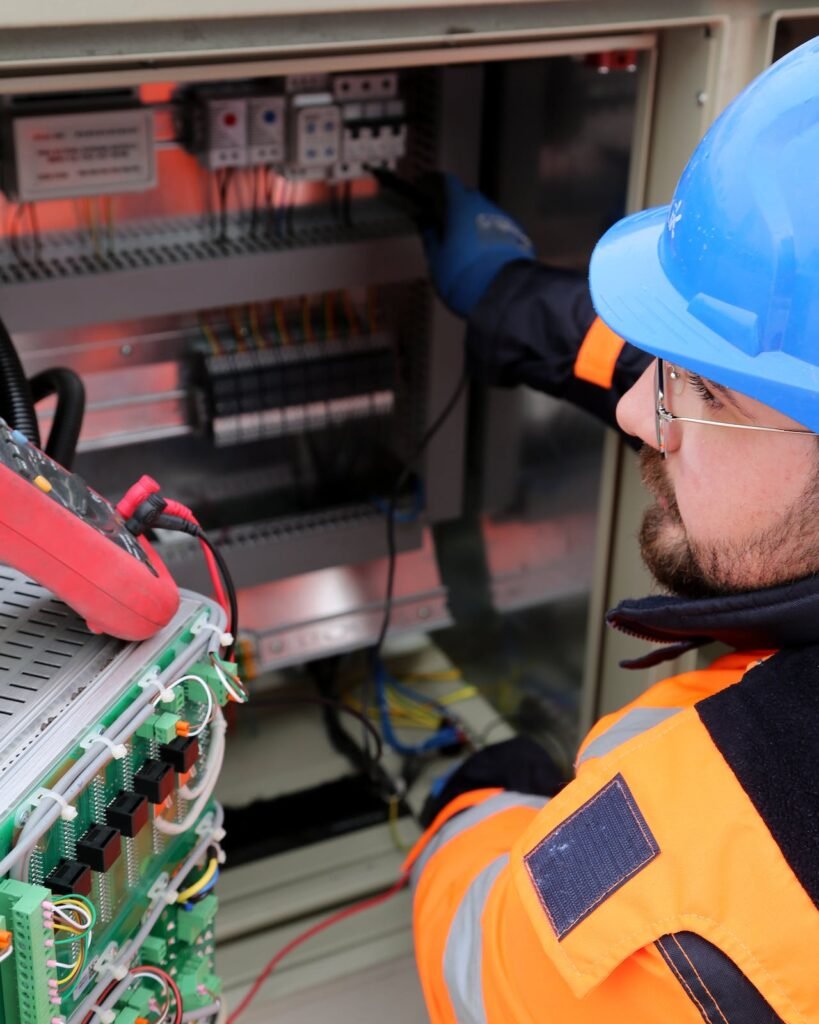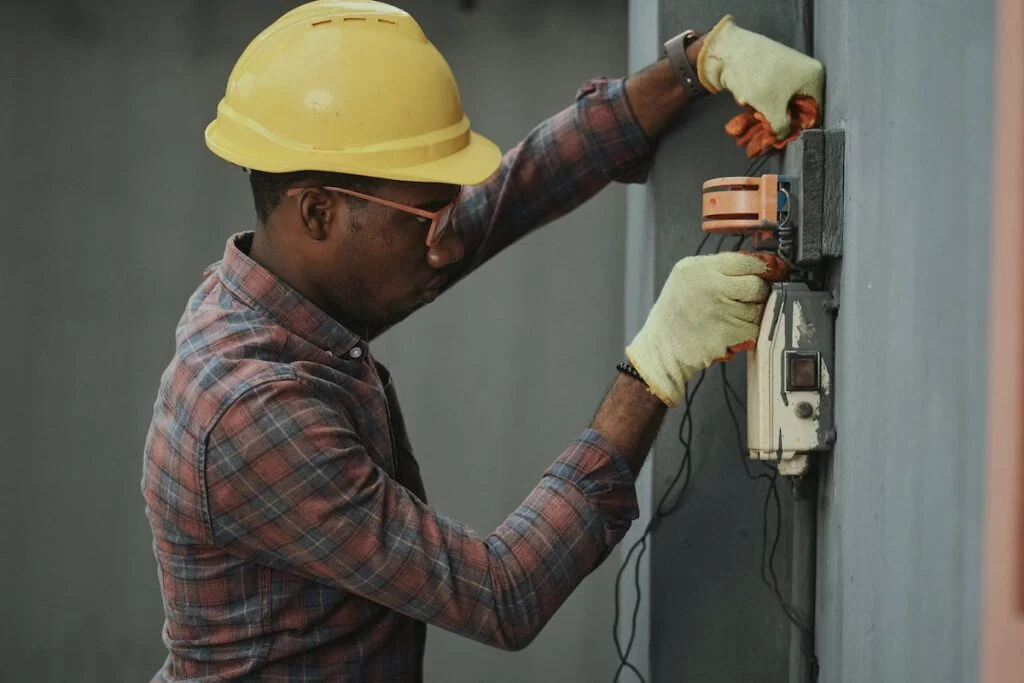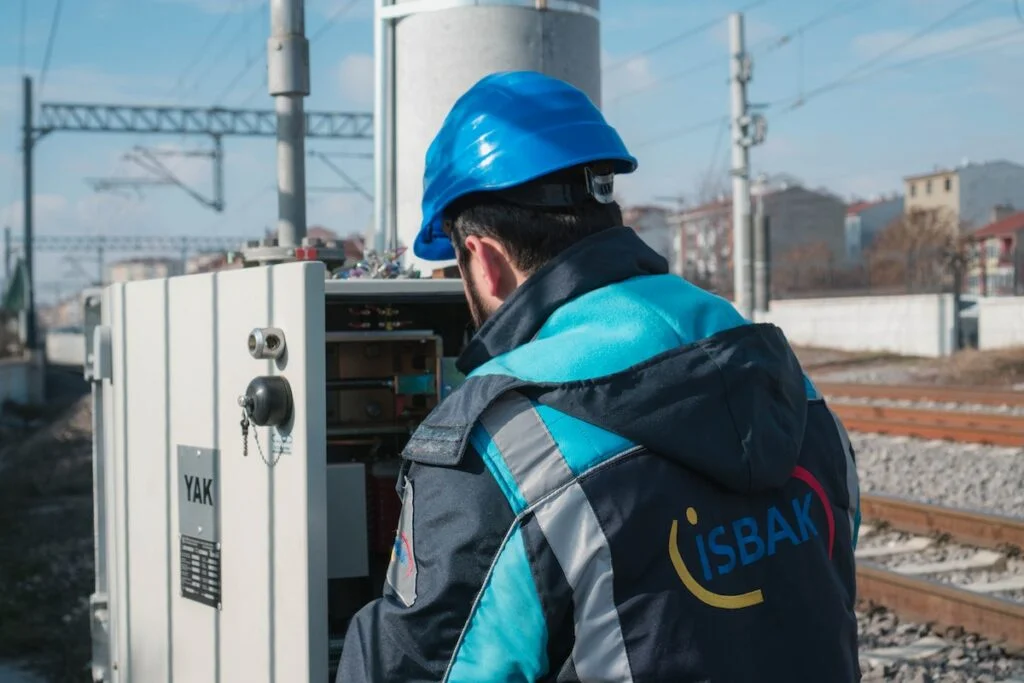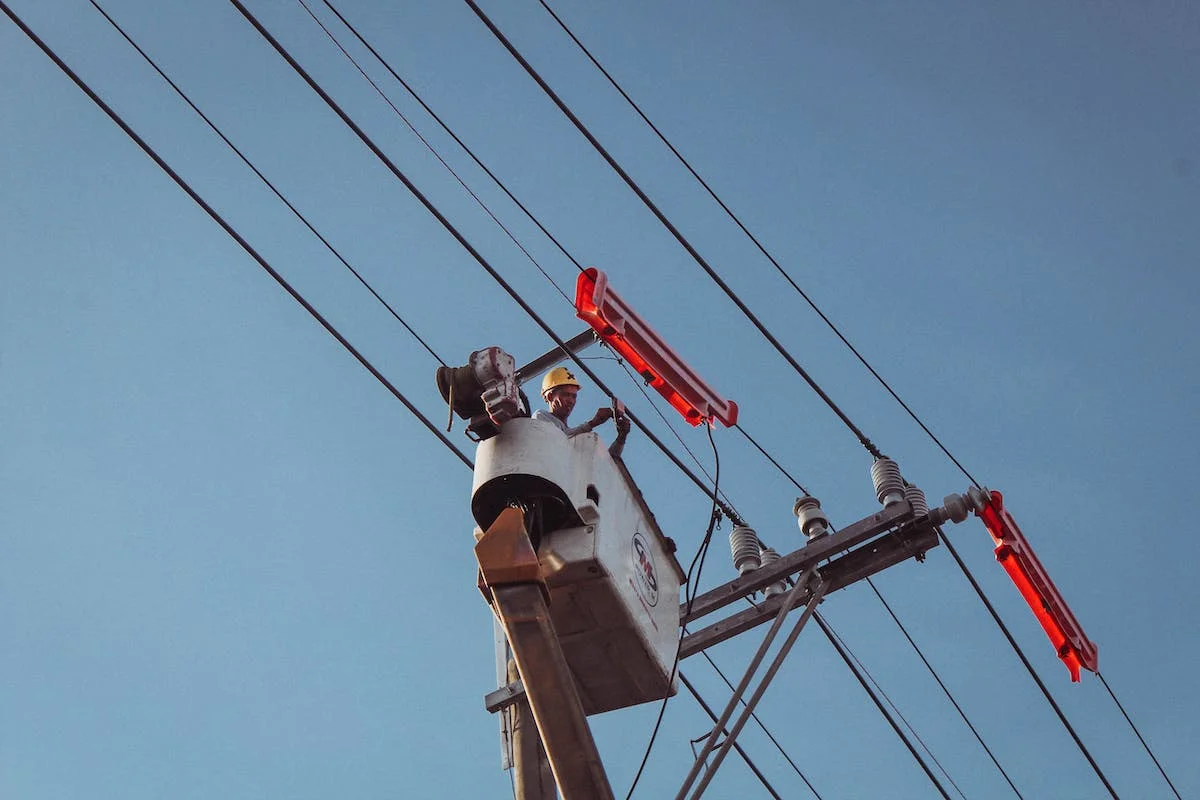Arc flash can be a life-threatening event. If you’re seeking information about arc flash and its dangers in the workplace, you’ve come to the right place. Here at Archer Electric, we’re sharing a blog post that discusses tips to help you avoid arc flash incidents. Continue reading to learn more about arc flash and its implications.
What is Arc Flash?

Arc flash, also known as flashover, refers to an electrical explosion or discharge that occurs when a connection forms between air and ground or between different voltage phases within an electrical system.
For instance, this can occur when an electrical wire contacts an earthed system. Temperatures resulting from arc flash incidents can reach up to 20,000 degrees Celsius—four times hotter than the surface of the sun.
Such extreme temperatures can lead to injuries including external burns, severe skin burns, internal burns, inhalation of hot gases and burnt metal, damage to various body parts, and even blindness due to the ultraviolet light emitted during the flash.
Moreover, during an arc flash event, rapid air expansion can occur, vaporizing different materials and potentially causing an arc blast. An arc blast can produce an explosive force exceeding 100 kilopascals, resulting in the ejection of molten materials, metals, equipment components, and other debris at speeds of up to 300 meters per second.
Why Does an Arc Flash Occur?

Arc flash happens when an energized conductor, such as a wire or bus bar, comes into contact with another conductor or an earthed surface. Additionally, an arc flash can occur due to equipment failures.
Arc flashes are more likely to occur in environments or workplaces with high voltage. Surprisingly, individuals working in low-voltage environments may be at even greater risk. Studies suggest that the severity of the hazard from arc flashes is higher in low-voltage areas compared to high-voltage ones.
The potential for an arc flash to cause injury can vary based on several factors. These include the current flowing through the arc, the duration of the arcing fault, the distance between the conductive parts involved in the arc, the type of electrodes used, the enclosure surrounding the arc, the chemical composition of nearby conductors and materials, and the proximity of individuals to the arc flash.
What Causes Arc Flashes?

- Equipment failure
- Un-insulated tools or metal equipment that are suddenly dropped
- Not using the recommended instruments
- Using instruments incorrectly
- Working on live cables or wires of damaged equipment
- Unsecured connections and exposed live wires
- Improper training and lack of awareness
How Can You Prevent Arc Flashes From Occurring?

When working on electrical systems, it’s crucial to cut off or isolate the power supply. While this step can help prevent arc flash hazards, it’s not foolproof. To further minimize the risk and reduce the severity of potential effects, additional safety precautions should be taken.
Employers have a duty to assess the risk level of arc flashes in the workplace. Proper safety measures must be implemented to safeguard employees. For instance, if workers are dealing with an electrical system, specific precautions for arc flash hazards should be strictly followed.
While the occurrence of an electric arc flash might be rare, its potential severity remains significant. It’s essential to adhere to safety protocols and control measures consistently to mitigate the risks associated with arc flash hazards.
The following are tips that can be done to prevent arc flash:
- Deactivate electrical equipment
- Wear appropriate personal protective equipment
- Stay at a safe distance
- Lessen energy output
- Observe safety measures
- Perform hazard risk assessment
- Educate workers to reduce risks and prevent faults
Arc flashes can occur when there’s live voltage present. The primary safety measure is to power down the system. Always operate under the assumption that a system is live until it’s checked and confirmed to be de-energized. However, there are situations where working on de-energized electrical systems isn’t feasible, requiring adherence to additional safety protocols.
It’s essential to conduct an arc flash risk assessment for every electrical system. This assessment should be performed and reviewed at least once every five years to maintain its effectiveness. Should any modifications, like component replacements or system updates, be made, the assessment should be updated accordingly. A comprehensive risk assessment aids in pinpointing potential hazards within the electrical system, ensuring they’re appropriately labeled and addressed.
For workers consistently interacting with electrical systems, wearing the right personal protective equipment (PPE) is crucial. This includes donning insulated rubberized gloves, which shield against electrical arcs and offer protection from flames and heat. Additionally, workers should have protective gear for the head and face to guard against extreme heat, light, and potential impact from an arc flash explosion.
Maintaining a safe distance from electrical systems is imperative. Arc flashes can cause injuries even from a distance of six meters. Operators should always stay clear of areas prone to severe hazards. When working in proximity to potential arc flash zones, they should utilize suitable tools and ensure they’re equipped with the necessary PPE.
To reduce the risk of arc flash, workers must learn about safety protocols and undergo electrical safety training from a professional and expert in electrical systems like Archer Electric.
Who Benefits From Arc Flash Training?

Individuals working in both high-voltage and low-voltage environments face potential risks from electrical failures. In the workplace, human error can inadvertently lead to accidents, injuries, or even fatalities resulting from arc flashes.
Comprehensive safety and electrical training are essential to mitigate these risks. Those most at risk include electrical personnel engaged in maintenance, testing, or repair tasks on electrical systems or equipment, such as electricians and electrical engineers.
The following professions will benefit from arc flash training:
- Electricians
- Electrical engineers
- Civil engineers – Undergoing excavations
- Workers working in short distances from electrical systems and equipment
- Electrical supervisors
Qualified personnel in the electrical industry must understand how to limit fault currents using devices, reduce arcing time, and calculate safe arc flash distances.
They need to be well-versed in essential information to identify potential exposure risks and assess the level of hazard. By doing so, they can minimize the risk of arc flashes and ensure safety during operations.
Seeking an electrical contractor in Southern Wisconsin? Consider Archer Electric. We offer electrical and engineering services, along with electrical safety training. Russel J. Scharrer, our owner and operator, brings over 30 years of expertise as a master electrician. For your electrical and engineering requirements, we’re here to assist. Don’t hesitate to contact us at +1 262-352-5722 or via email at electricarcher@gmail.com. Reach out today!

